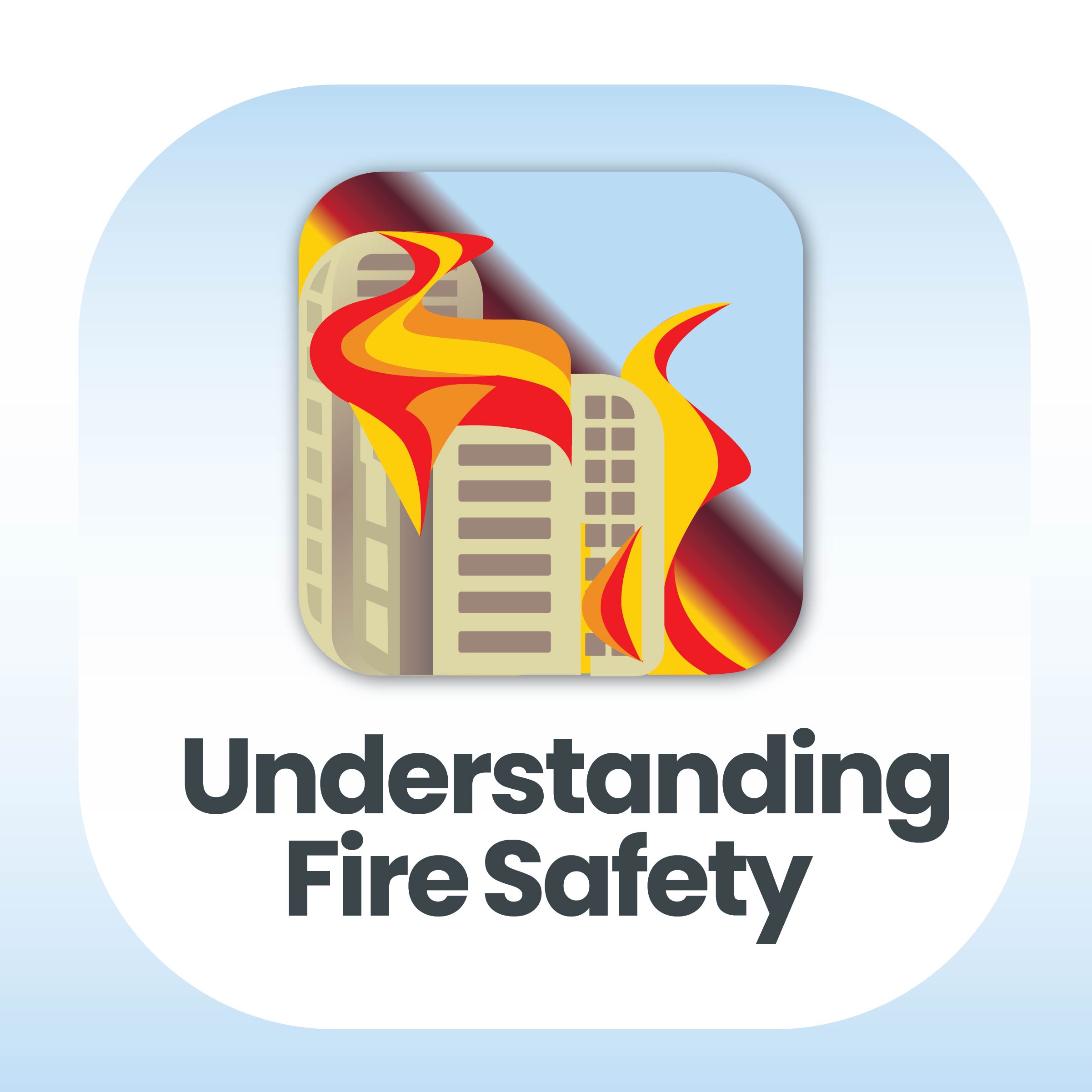
Fire Safety at Work: A Comprehensive Guide to Fire Protection and Safety in the Workplace
Ensuring fire protection and safety in the workplace is a fundamental responsibility for Environment, Health, and Safety (EHS) professionals and companies alike. Every year, workplace fires result in significant property damage, injuries, and even fatalities. To mitigate these risks, it’s crucial to understand the latest research and best practices in fire safety. In this blog, we will explore various aspects of fire protection and safety, providing you with the knowledge and tools needed to enhance workplace safety.
Understanding Fire Hazards
Identifying Common Workplace Fire Hazards
To effectively protect against workplace fires, it’s essential to recognize potential fire hazards. These hazards may include electrical equipment, flammable materials, heating systems, and even human error. Regular safety inspections and risk assessments are crucial for identifying and addressing these hazards.
Importance of Risk Assessment
Conducting risk assessments is a key component of fire safety. By assessing the likelihood and potential consequences of a fire, EHS professionals can prioritize safety measures. Utilizing risk assessment tools and data analytics can help pinpoint high-risk areas and guide safety efforts more efficiently.
Fire Prevention Measures
Fire Safety Training
Ensuring that employees are well-versed in fire safety protocols is paramount. Fire safety training should cover evacuation procedures, fire extinguisher use, and the importance of early detection. Regular training sessions and refresher courses are necessary to keep employees prepared.
Fire Prevention Equipment
Having the right fire prevention equipment on hand is critical. This includes fire extinguishers, smoke detectors, sprinkler systems, and fire-resistant materials. At minimum, an annual inspection and maintenance of equipment are essential to ensure their functionality in case of an emergency.
Housekeeping and Maintenance
Maintaining a clean and organized workspace can significantly reduce fire risks. Proper storage of flammable materials, electrical cord management, and regular equipment maintenance are integral components of workplace fire prevention.
Emergency Response and Evacuation Plans
Developing a Comprehensive Emergency Response Plan
A well-documented emergency response plan is indispensable. It should outline clear roles and responsibilities in the event of a fire, establish assembly points, and provide communication protocols. Regularly reviewing and updating the plan is crucial to adapt to changing circumstances and personnel changes.
Employee Training and Drills
Regular fire drills and employee training sessions are vital for ensuring that everyone knows how to react in a fire emergency. Drills not only build confidence but also expose any weaknesses in the emergency response plan that need improvement.
Fire Protection Systems
Types of Fire Protection Systems
Fire protection systems come in various forms, including sprinkler systems, fire alarms, and fire suppression systems. EHS professionals must select the appropriate systems based on the specific risks present in each workplace.
Regular Inspection and Maintenance
Proactive inspection and maintenance of fire protection systems are non-negotiable. Regularly scheduled checks ensure that these systems will function as intended when needed, reducing the risk of system failures during a fire emergency. The frequency of these checkups can vary depending on the type of system and the location of the building, but fire alarms should be inspected and tested at least annually, fire suppression systems should be inspected and tested every six months, and fire extinguishers should be inspected monthly.*
EHS Compliance and Regulations
OSHA Standards
The Occupational Safety and Health Administration (OSHA) sets rigorous standards for workplace safety, including fire protection. Familiarity with OSHA regulations is vital for compliance and avoiding penalties. Staying up to date on these standards is also essential. YellowBird has licensed trainers available to provide a variety of OSHA classes and certifications to help keep you and your company up to date and informed on these standards.
Local Regulations
In addition to federal regulations, local and state regulations may impose additional requirements. EHS professionals should be well-informed about these regulations and ensure their companies are in compliance.
The Cost of Inadequate Fire Protection
Financial Implications
Workplace fires result in significant financial losses, including property damage, insurance claims, and potential lawsuits. Adequate fire protection measures can substantially reduce these financial burdens.
Reputational Damage
Beyond the financial costs, workplace fires can severely damage a company’s reputation. News of a fire-related incident can erode trust among customers, partners, and employees, making it essential for companies to prioritize fire safety.
Recent Trends in Workplace Fire Safety
Emerging Technologies
Innovations in fire protection, such as advanced fire suppression systems and smart building technologies, are continually evolving. EHS professionals should explore these new technologies to enhance safety measures.
Sustainable Fire Protection
Sustainability is a growing concern in fire protection. EHS professionals can consider eco-friendly fire suppression methods and materials, aligning fire safety with broader corporate sustainability goals.
The Role of EHS Professionals
Collaboration and Communication
EHS professionals must collaborate with other departments to create a culture of safety. Effective communication and cooperation are essential to implement and maintain fire safety measures.
Staying Informed and Updated
Lastly, staying informed about the latest trends, technologies, and regulations is key. EHS professionals engage in continuous education to ensure their knowledge is up to date.
It is time to prioritize safety at work. Invest in fire protection, empower your employees with knowledge and training offered by YellowBird, and ensure that your workplace is prepared to handle fire emergencies. Together, with YellowBird, you make every workplace a safer environment.
Stay Safe, Stay Informed, and Protect Your Workplace from Fires!
* https://fortisfire.com/how-often-should-fire-protection-systems-be-serviced/#:~:text=The%20frequency%20of%20these%20checkups,extinguishers%20should%20be%20inspected%20monthly





